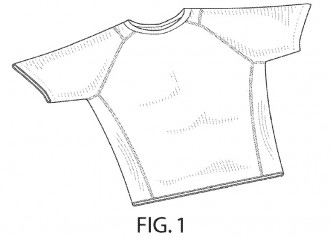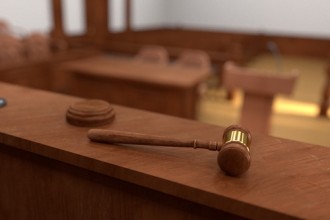March 27, 2017
Prior Art that Must be Distorted from its Obvious Design Does Not Anticipate
In In re Chudik, [2016-1817] (March 27, 2017), the Federal Circuit reversed the PTAB’s determination that claims 1, 15, 18, and 33–40 of U.S. Patent Application 11/525,631 on an implant for shoulder replacement surgery were anticipated.
The rejected claims required “a shell having a protruding surface on a first side arranged to engage the surface of a cavity formed in a glenoid extending between peripheral glenoid surfaces. The PTAB affirmed the rejection because claims did not require the recited surfaces engage the specified glenoid regions; rather they require only that the recited surfaces be arranged for such engagement.
A patent claim is invalid for anticipation under 35 U.S.C. § 102 when a prior art reference describes each and every claim limitation and enables one of skill in the art to practice an embodiment of the claimed invention without undue experimentation. A prior art reference that must be distorted from its obvious design does not anticipate a patent claim, however.
The Board found that because the surfaces of elements of the prior art “can still be arranged to” engage the glenoid regions, it anticipated the claims. The Federal Circuit rejected this finding, however, noting that while the claim language could imply that the protruding surface on the flat side need not always actually engage the glenoid cavity surface, it must be at least capable of doing so. The Federal Circuit found that the prior art’s protruding surface cannot be arranged to engage the glenoid cavity surface without reconfiguration. The Federal Circuit said that prior art that “must be distorted from its obvious design” does not anticipate a new invention.
The Federal Circuit reached a similar result with respect to a second reference because this endeavor would constitute a significant and impermissible modification of the prior art.




































